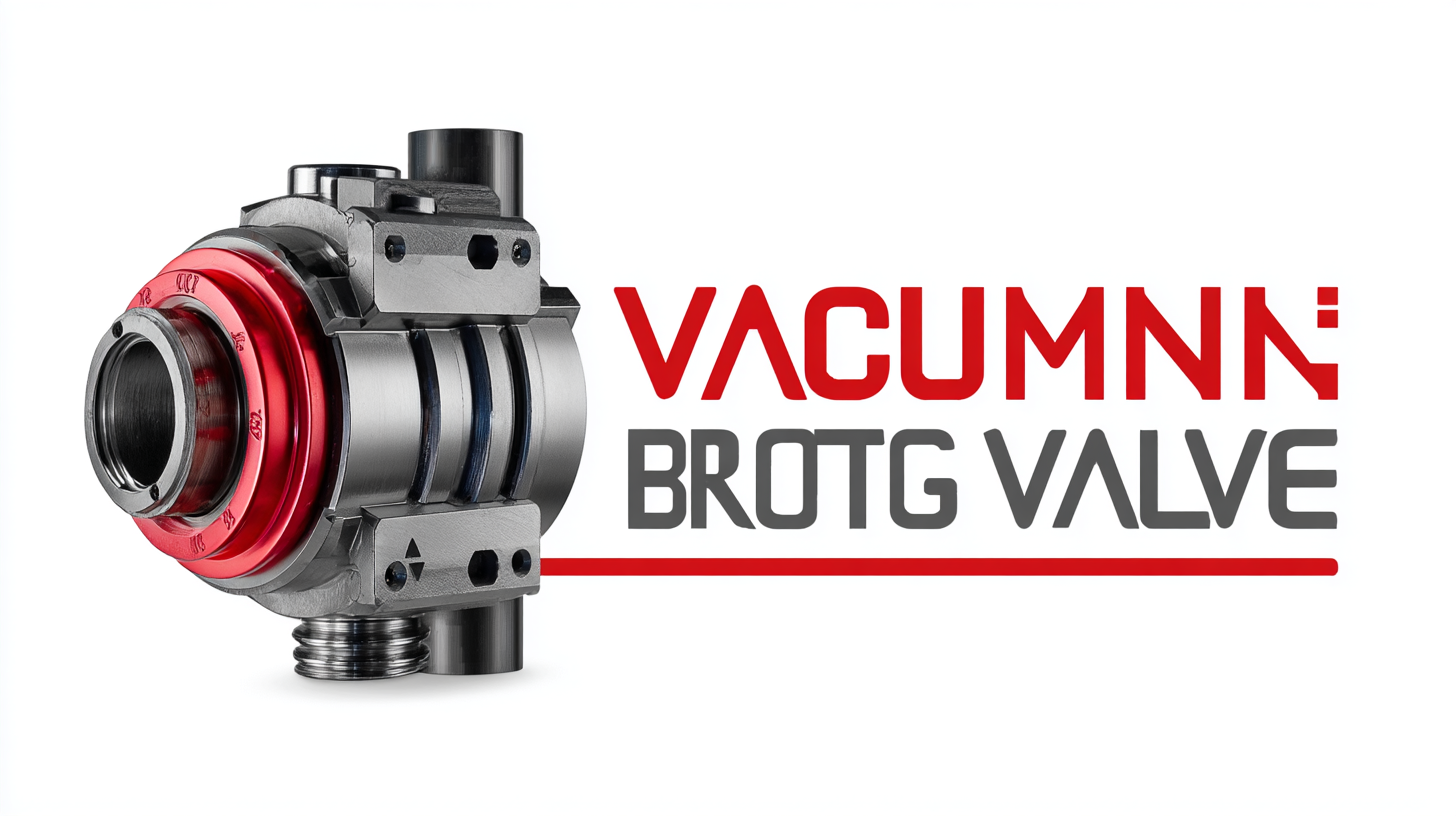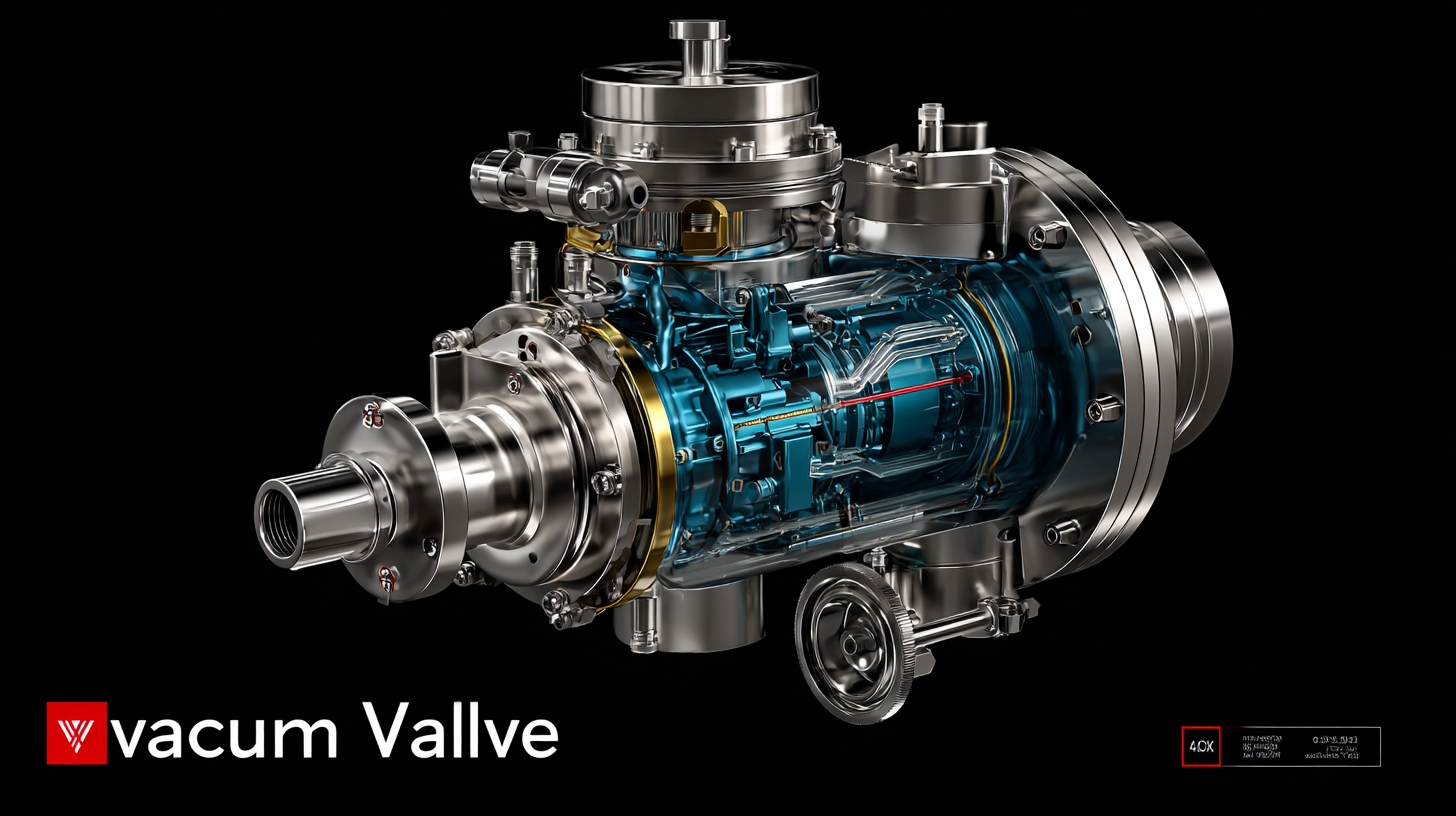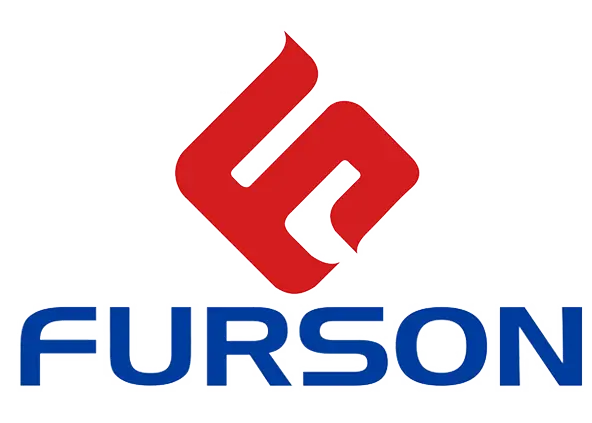Leave Your Message
As industries evolve towards increased efficiency and sustainability, the importance of advanced components such as the Vacuum Breaking Valve has become paramount. According to a recent report by Grand View Research, the global market for vacuum breaking valves is expected to reach USD 1.5 billion by 2025, growing at a compound annual growth rate (CAGR) of 6.5%. This growth is primarily driven by rising demand for fluid management systems in the water and wastewater sector and the increasing adoption of automation in industrial processes. Innovations in vacuum breaking valve technology not only enhance operational performance by preventing vacuum conditions that can lead to system failures but also adhere to stringent safety and environmental regulations. This blog will explore the latest trends and detailed technical specifications of vacuum breaking valves, as well as practical guidance on their implementation in various industrial applications.

The evolution of vacuum breaking valve technology is crucial for maintaining efficiency and safety in various industrial applications. Currently, the focus is on enhancing the reliability of these valves, ensuring they can effortlessly prevent vacuum-induced damage in systems. One significant trend is the integration of sophisticated materials and smart sensors. These advancements not only improve the durability of the valves but also allow for real-time monitoring and data analysis, enabling proactive maintenance and reducing unexpected downtime.
Another prominent trend is the increasing demand for energy-efficient solutions. As industries strive for sustainability, vacuum breaking valves are being designed to minimize energy consumption and optimize fluid dynamics. This shift not only contributes to lower operational costs but also aligns with global efforts toward greener practices. Furthermore, manufacturers are exploring compact and lightweight designs to adapt to space-constrained environments, ensuring that these critical components can be integrated seamlessly into various system architectures while maintaining high performance.
As industries evolve, the demand for efficient and reliable vacuum breaking valves is at an all-time high. Innovations in this sector are focused on enhancing performance while reducing operational costs. One of the key trends for 2025 is the integration of smart technology into vacuum breaking valves. These advancements enable real-time monitoring and diagnostics, allowing for proactive maintenance and reducing downtime. With predictive analytics, facilities can foresee potential failures, leading to improved safety and reliability in processes.
Another significant innovation is the development of advanced materials that enhance durability and efficiency. These materials can withstand harsh environments, ensuring longevity and consistent performance. Additionally, manufacturers are designing valves with optimized flow paths that reduce energy consumption while maintaining high efficiency. By leveraging techniques such as computational fluid dynamics (CFD), engineers are fine-tuning designs to minimize pressure losses and improve overall system functionality. As industries embrace these cutting-edge technologies, the future of vacuum breaking valves looks promising, setting new benchmarks for operational excellence in 2025 and beyond.

The vacuum breaking valve market is poised for significant growth in the coming years, driven by increasing demand across various industries such as petrochemical, pharmaceutical, and food and beverage. According to a recent report from Market Research Future, the global vacuum breaking valve market is expected to grow at a CAGR of 5.2% from 2023 to 2025. This growth is supported by advancements in valve technology, enhancing operational efficiency and safety in industrial applications.
Tips for selecting the right vacuum breaking valve include evaluating the specific application requirements, such as pressure ratings and fluid compatibility, to ensure optimal performance. Furthermore, consider manufacturers that offer valves with integrated smart technologies for real-time monitoring and predictive maintenance, which can greatly reduce downtime and maintenance costs.
As industries focus on sustainability, vacuum breaking valves that support eco-friendly operations are becoming increasingly essential. Reports indicate that companies implementing energy-efficient valve systems can reduce their operational costs by up to 15%. Staying ahead in the evolving landscape of valve technology will not only improve process efficiencies but also meet regulatory compliance standards, ultimately fostering growth in the vacuum breaking valve market.
The vacuum breaking valve sector is witnessing dynamic changes as industry players innovate to meet the demands of 2025. Recent market reports indicate a projected growth rate of 7.5% CAGR for vacuum breaking valves over the next few years, driven by the increasing need for efficient fluid handling in various sectors, including oil and gas, pharmaceuticals, and food processing. Leading companies like Emerson, Val-Matic Valve & Manufacturing Corporation, and Flowserve are at the forefront of this evolution, introducing advanced materials and automation features to enhance performance and reliability.
Emerson’s latest range of vacuum breaking valves integrates IoT technology, allowing for real-time monitoring and predictive maintenance, greatly reducing operational downtime. Val-Matic has developed valves that offer superior energy efficiency and lower leakage rates, positioning them as a sustainable choice for industries keen on minimizing their environmental footprint. Flowserve’s innovations focus on customizability, allowing clients to specify valve parameters that cater to their unique process requirements. Such advancements are crucial in maintaining competitiveness in an increasingly sustainability-conscious market, as companies strive not only for efficiency but also for environmentally friendly manufacturing practices.
| Innovation Type | Description | Impact on Efficiency (%) | Market Adoption Rate (%) | Projected Growth (2025-2030) |
|---|---|---|---|---|
| Smart Sensor Integration | Integration of IoT sensors for real-time monitoring. | 15 | 55 | 30% |
| Advanced Material Use | Utilization of corrosion-resistant materials for longer lifespan. | 20 | 65 | 25% |
| Automated Control Systems | Implementation of AI-based systems for operation efficiencies. | 10 | 50 | 40% |
| Energy Efficient Designs | Designs aimed at reducing energy consumption during operations. | 25 | 70 | 35% |
| Modular Valve Systems | Interchangeable components to enhance customization and maintenance. | 18 | 60 | 28% |
As we look towards industry trends shaping 2025, the emergence of innovative technologies in vacuum breaking valve technology stands out as a significant driver of efficiency and safety. Traditional valves are being reimagined with advancements that incorporate smart sensors and automation, allowing for real-time monitoring and control. These innovations not only enhance operational reliability but also improve energy efficiency by minimizing waste during pressure fluctuations. The integration of IoT capabilities means that manufacturers can now access data analytics, enabling predictive maintenance and reducing downtime.

Moreover, the focus on sustainable practices is influencing the development of vacuum breaking valves. New materials and manufacturing techniques are being explored to create more environmentally friendly products that reduce the carbon footprint. Innovations such as self-cleaning surfaces and corrosion-resistant coatings prolong the lifespan of valves, ensuring longer-term performance without heavy maintenance costs. As the industry embraces these technologies, companies will find themselves better equipped to meet the increasing demands for both performance and sustainability in the coming years.
